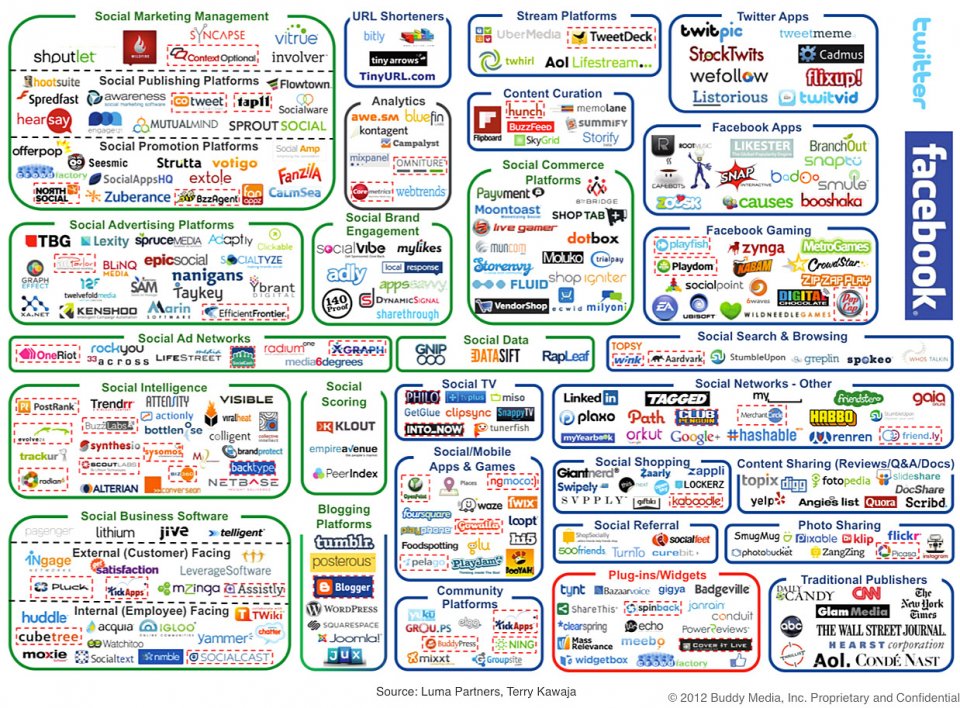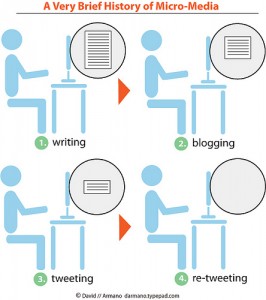I’ve recently been asked by a client about defining their “social strategy.” For the client this meant “how can I leverage blogs, Twitter, Facebook, LinkedIn, YouTube, and other social networks for business?” My answer shocked: “the more important question is how will you deliver social channel activity?”
The debate, in other words, was over the semantics of social network participation: is it strategic or tactical. The client was asserting that social is a strategic endeavor than needs planning. I was advocating that it is a tactic that needs consistent execution, and to analyze if it was necessary to apply this strategy to a product using a sample size calculator is the best choice to learn this.
As with most semantics arguments, both sides are right. Social network participation benefits from a strategic foundation: funding, staffing, tools, policies and processes, for example to manage the payments on a company getting the paystubs online could be the best choice. And social networking is defined by action: posts, tweets, comments, etc. The strategic foundation is a benefit, not a requirement, as anyone who has set up and account and messaged “Hello world” knows.
Neither of us dealt with the real issue: outcomes. How will social networks drive awareness, generate leads, provide service and build an online community? What are the measures of success? How does the marketing budget and promotion mix change with a focus on social?
Social Networks for Business
The solution was simple: start now and evolve participation over time. We chose a company blog as the primary content delivery channel to be supported by Twitter and LinkedIn posts, commenting and monitoring. YouTube and Facebook are left for another day.
The deliverables will evolve a marketing strategy with indexsy.com. A blog post. Tweets. A blog calendar. Requests for follows. Retweets. Updates to LinkedIn. Blog comments. Lather, rinse, repeat ( and measure).
Content is targeted to be 60% educational, 30% entertainment and 10% shameless sales pitches to start.
Strategy complete. Now the client’s social networks for business journey begins…
How would you do it differently…leave a comment. Thanks!




